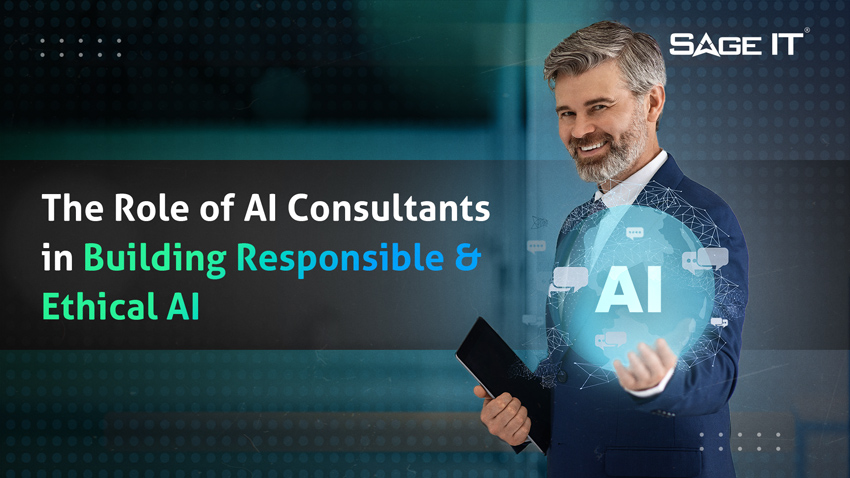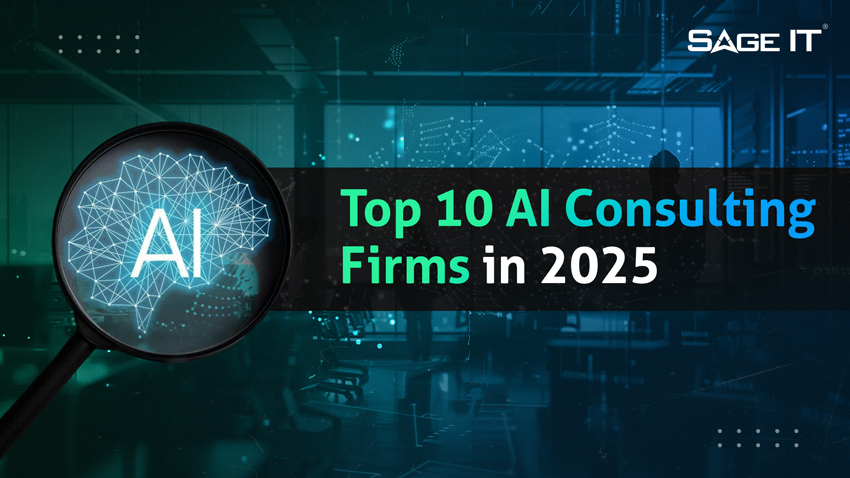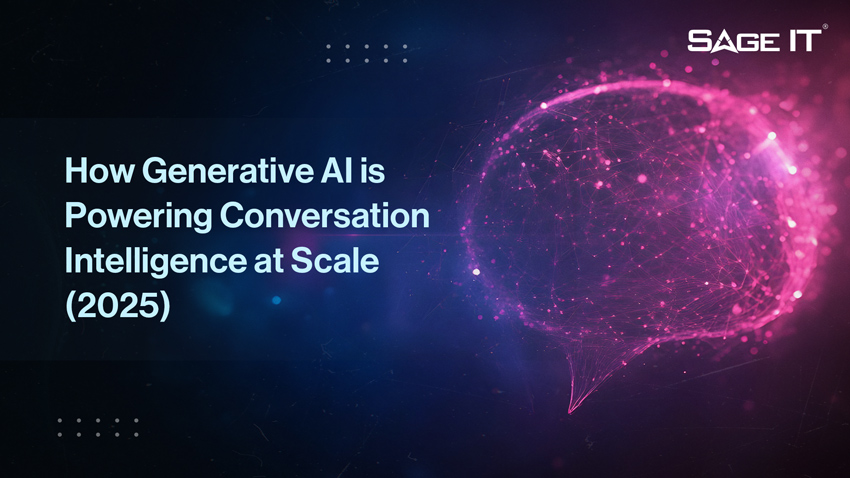Artificial Intelligence (AI) is the buzzword of today’s world. Machine Learning (ML) and Deep Learning (DL) are two of the most common terms that we come across while talking about AI. However, understanding the difference between these two concepts can be a bit tricky. In this blog post, we will break down the basic concepts behind ML and DL and trace their evolution over time. We will also discuss how they differ in their approaches, algorithms, training methods, human involvement, practical applications, strengths, limitations and future trends. Finally, we’ll explore how these technologies will impact our everyday lives beyond the tech sphere. Get ready to dive into the world of AI as we decode the variations between Machine Learning vs. Deep Learning!
Understanding the Basic Concepts
Machine learning involves teaching computer systems to make decisions based on data inputs, while deep learning focuses on handling complex tasks to make accurate predictions. Unlike machine learning, deep learning methods process large amounts of data for precise outcomes and require little human intervention, making them more automated. Therefore, deep learning is a subset of machine learning that operates in the field of artificial intelligence, utilizing techniques like convolutional neural networks and recurrent neural networks for data processing and analysis.
Defining Machine Learning
Machine learning algorithms process training data to make informed decisions and evolve based on new data inputs. Model training in machine learning relies on relevant features from data sets, dealing with unstructured data to produce accurate predictions. These algorithms use relevant features to analyze and interpret data, forming a subset of artificial intelligence and a fundamental aspect of data science. The training process involves the utilization of unsupervised learning techniques, making it a crucial field in computer science and the broader field of artificial intelligence.
Defining Deep Learning
Deep learning techniques leverage deep neural networks to solve intricate problems and produce accurate predictions by processing substantial data sets. These methods require minimal human intervention, making the process highly automated. Deep learning algorithms excel at extracting features from raw data inputs and processing unstructured data, ultimately leading to precise predictions. By applying a subset of artificial intelligence, deep learning pushes the boundaries of data science and continuously transforms the field of artificial intelligence.
Tracing the Evolution: Machine Learning and Deep Learning
Advancements in machine learning stem from classic techniques, while deep learning has progressed from traditional methods. This evolution has led to the solution of complex problems. Recent deep learning progress enables precise predictions for intricate tasks. The transformation from classical techniques to deep learning methods showcases the continuous development in this subset of artificial intelligence. The impact of these progressions can be seen in data science and its applications in various sectors.
Historic Development of Machine Learning
Historical evolution of machine learning originates from classical techniques, processing substantial data for precise predictions. It empowers computer systems to learn from input data, relying on relevant features in model training. Machine learning is a subset of artificial intelligence and data science, utilizing algorithms such as decision trees, linear regression, and unsupervised learning. The field has advanced with the emergence of big data, recurrent neural networks, and generative adversarial networks, contributing to solving complex problems in computer science and beyond.
Emergence and Advancement of Deep Learning
In the evolution of deep learning, methods have advanced to process large data sets for accurate predictions using deep neural networks. Recent advances in deep learning have enabled precise predictions of complex tasks by processing unstructured data and performing feature extraction from raw data inputs. These techniques differ from traditional machine learning methods and have opened new possibilities for solving complex problems in data science and computer science fields.
Distinguishing Approaches: Machine Learning vs Deep Learning
Distinguishing between machine learning and deep learning involves the level of human intervention in decision-making. While machine learning relies on human input, deep learning techniques are more automated, requiring little human intervention. Additionally, machine learning algorithms process training data for decision-making, whereas deep learning methods process large data sets to make accurate predictions, often dealing with unstructured data for precise insights into complex problems. This difference in approaches showcases the evolving capabilities within the subset of artificial intelligence, each serving distinct purposes within the field of data science.
Differentiating Algorithms
Differentiating Algorithms:
While machine learning algorithms analyze training data to make decisions, deep learning methods process large data sets to make accurate predictions. In addition, deep learning algorithms perform feature extraction from raw data inputs and process unstructured data for precise predictions. This distinction showcases how each approach handles data processing and decision-making differently within the subset of artificial intelligence.
Comparison of Training Methods
In machine learning, model training relies on datasets and relevant features, while deep learning methods process large datasets for accurate predictions. Machine learning model training uses relevant features to produce accurate predictions. On the other hand, deep learning model training involves little human intervention, making it more automated. Additionally, machine learning model training analyzes training data to make predictions, whereas deep learning methods rely on processing large datasets for efficient outcomes.
Role of Human Involvement in Each Approach
In machine learning, human intervention is necessary for decision making and analysis of training data to make predictions. On the other hand, deep learning techniques involve minimal human intervention due to the automated processing of large data sets for accurate predictions. While machine learning relies on human resources for decision making, deep learning methods require little human involvement, aligning with the subset of artificial intelligence that focuses on the computer program’s ability to learn and improve from experience.
Practical Applications: From Industry to Everyday Life
Practical applications of machine learning span across sectors like healthcare, finance, and e-commerce. It facilitates fraud detection, enables personalized marketing, and enhances customer service. Conversely, deep learning drives advancements in speech recognition, image recognition, and natural language processing, impacting autonomous vehicles, virtual assistants, and recommendation systems. Predictive maintenance and anomaly detection benefit from both machine learning and deep learning approaches. These applications illustrate how both methodologies are revolutionizing various facets of industry and everyday life.
Applications of Machine Learning in Various Sectors
Machine learning is harnessed in healthcare for disease prognosis and tailored medical care. Within finance, it facilitates fraud identification, algorithmic trading, and credit assessment. E-commerce benefits from machine learning through personalized product suggestions and dynamic pricing strategies. The entertainment industry relies on machine learning for content recommendations and targeted advertising. Transportation sectors optimize routes, predict demand, and develop autonomous vehicles with the aid of machine learning.
Deep Learning in Real-World Scenarios
In real-world scenarios, deep learning is instrumental in several applications. It plays a vital role in speech recognition, language translation, and chatbots, as well as in image recognition, object detection, and video content analysis. Additionally, deep learning algorithms are utilized in real-time applications like facial recognition, gesture control, autonomous vehicles, robotics, and virtual reality experiences. Moreover, its contribution to medical image analysis, drug discovery, and personalized medicine is noteworthy.
Strengths and Limitations: An In-depth Analysis
Making accurate predictions based on large data sets is a key strength of machine learning. However, its limitations become evident when handling unstructured data and requiring minimal human intervention. On the other hand, deep learning excels in automating complex tasks and extracting features from raw data. Nonetheless, it demands extensive training data and computational resources. While machine learning offers interpretable models, deep learning provides intricate, non-linear representations. Understanding these strengths and limitations is crucial for leveraging the best of both approaches in real-world scenarios.
Advantages of Machine Learning
Enabling precise predictions, pattern recognition, and data-driven decision making, machine learning automates complex tasks, enhances process efficiency, and delivers personalized user experiences. Businesses benefit from fraud detection, customer segmentation, and predictive maintenance. It fosters continuous learning, adapts to changing data, and enhances data security, contributing to better healthcare outcomes, personalized learning, and natural language processing. Machine learning’s abilities make it a vital subset of artificial intelligence and a pivotal field in computer science.
Limitations of Machine Learning
Machine learning encounters difficulties with unstructured data, overfitting, and model interpretability. It relies on extensive training data, human intervention, and feature engineering expertise. Despite its potential, machine learning models are prone to biases and ethical considerations. Ensuring data privacy, model scalability, and regulatory compliance presents challenges. In complex problems, accurate predictions may be constrained. These limitations underscore the need for continuous innovation and refinement in the field of machine learning.
Strengths of Deep Learning
Deep learning demonstrates expertise in tasks such as image classification, speech recognition, and natural language processing. It offers advanced capabilities such as feature extraction, automated feature engineering, and complex pattern recognition, with its deep neural networks providing non-linear data representations that enhance model performance. Moreover, deep learning enables end-to-end learning, reducing the manual labor required for feature extraction and engineering. Its proficiency in handling large amounts of unlabeled data makes it particularly suitable for addressing complex problems, making it a powerful subset of machine learning.
Challenges in Implementing Deep Learning
Implementing deep learning poses several challenges. Model interpretability, explainability, and transparency are areas of concern. Additionally, it demands substantial computational resources, specialized hardware, and high-quality training data. Common issues like overfitting, vanishing gradients, and model complexity must be addressed. Ensuring the robustness of models and addressing adversarial attacks are critical. Moreover, implementing deep learning in real-time, resource-constrained environments presents its own set of challenges.
Future Trends: Steering the Course of AI
Advancements in transfer learning and reinforcement techniques are anticipated in machine learning. The evolution of machine learning will emphasize more efficient and interpretable model architectures. Deep learning is expected to enhance model explainability, transfer learning capabilities, and model compression techniques. The future of artificial intelligence involves human-AI collaboration, ethical AI, and responsible AI adoption. Model fairness, interpretability, and reduction of algorithmic biases will be the focus of machine learning evolution.
Predicted Developments in Machine Learning
The future of machine learning is set to witness significant advancements, particularly in transfer learning, which enables models to leverage pre-existing knowledge. Reinforcement learning will find practical applications across diverse domains, empowering machines to make complex decisions. Additionally, the evolution of machine learning will prioritize model fairness, interpretability, and reducing algorithmic biases. Furthermore, interdisciplinary collaborations will drive innovations, integrating machine learning with fields such as healthcare and finance. Lastly, Explainable AI (XAI) will gain prominence, ensuring transparency and interpretability of machine learning models.
Anticipated Trends in Deep Learning
The upcoming advancements in deep learning are set to revolutionize various technology domains. Speech recognition technology is expected to undergo a significant transformation with the integration of deep learning methods. Furthermore, the accuracy of image classification is anticipated to see a substantial improvement owing to the application of deep learning techniques. Moreover, the evolution of deep learning is predicted to make remarkable strides in the field of natural language processing. Additionally, the impact of deep learning on complex issues such as image recognition is projected to be profound, driving accurate predictions in computer vision tasks.
Impact on Everyday Life: Beyond the Tech Sphere
Deep learning’s influence spans beyond the tech sphere, notably in healthcare where it aids in medical image analysis. Its evolution has implications for autonomous vehicles, enhancing safety features. Additionally, deep learning techniques shape personalized recommendations on social media platforms and contribute to improved language translation capabilities. Furthermore, both machine learning and deep learning are reshaping customer relationship management systems, emphasizing their integration into everyday life. As a subset of artificial intelligence, these advancements embody the far-reaching impact of NLP terms, forming a crucial part of the field of artificial intelligence.
How Machine Learning Affects Our Daily Life
The integration of machine learning in our daily lives is profound. It shapes personalized product recommendations for online shoppers and enhances the accuracy of weather forecasting models. Machine learning algorithms play a pivotal role in efficient email spam filtering and medical diagnostics. Moreover, they drive personalized content recommendations on streaming platforms. The impact of machine learning encompasses various aspects of everyday life, showcasing its significance in optimizing daily experiences.
What are the Implications of Deep Learning in the Future?
The future implications of deep learning go beyond just technology. Advancements in natural language understanding will revolutionize communication, while streamlined recruitment processes powered by deep learning techniques will impact human resources. Industries will benefit from enhanced decision-making processes, and generative AI will produce realistic media. Deep learning’s potential lies in its ability to handle complex tasks with minimal human intervention.
Conclusion
In conclusion, both machine learning and deep learning play significant roles in the field of artificial intelligence. Machine learning focuses on algorithms and statistical models that enable computers to learn from and make predictions or decisions based on data, while deep learning utilizes neural networks to mimic the human brain’s ability to process information and learn from it.
While machine learning has been around for several decades and is widely used in various sectors, deep learning has gained popularity in recent years due to advancements in computing power and the availability of large datasets. Deep learning has shown great potential in areas such as image recognition, natural language processing, and autonomous driving.
However, it’s important to note that both approaches have their strengths and limitations. Machine learning algorithms are more explainable and easier to interpret, but they may not perform as well as deep learning models in complex tasks. On the other hand, deep learning models can achieve higher accuracy but require large amounts of data and computational resources.
Looking ahead, the future of AI lies in the continued development and integration of both machine learning and deep learning techniques. As technology advances, we can expect further improvements in performance and efficiency, opening up new possibilities for AI applications in various industries and impacting our everyday lives.

































